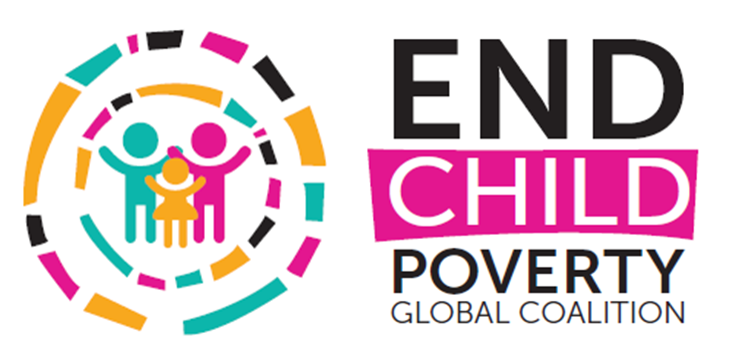A blog for Universal Children’s Day by Olivier Thevenon and Alastair Wood of the OECD Directorate for Employment, Labour and Social Affairs. This post is also published via OECD Insights
Some children are luckier than others. The story of Jamal Malik in the 2008 film Slumdog Millionaire is a rags to riches story of a young Indian boy from the slums of Mumbai. Living in extreme poverty, poorly educated, and turning to crime, Jamal’s childhood does not suggest that success is round the corner. But thanks to a rare combination of luck, coincidence and a significant amount of chutzpah he does go on to hit the jackpot as a contestant on Who Wants to Be a Millionaire?. Of course, in reality, such good fortune is extremely rare and disadvantaged children often struggle to turn their life around.
We know that childhood experience has a strong impact on opportunities later in life. In France, for example, 1 in 4 homeless people were in foster care as children[1], showing how crucial it is to support disadvantaged children from an early age. In developing countries, the situation is far worse: almost 385 million children were living in extreme poverty in 2013[2] – meaning that household members were surviving on an average of US$1.90 a day or less per person. In OECD countries, 1 in 7 children are currently living in relative poverty, corresponding to about 45 million children – roughly the size of the population of Spain. Sadly, child poverty has also increased in two-thirds of OECD countries since the Great Recession.
Figure 1: 1 in 7 children on average in the OECD live relative poverty
Share (%) of the total population and of children (0-to-17) with an equivalised post-tax-and-transfer income of less than 50% of the national annual median equivalised post-tax and transfer income. Source: OECD Family database
Far too many children do not get the best possible start in life, and this has important consequences later on. Poor children are, for example, more likely to report poor health and/or be obese, are less likely to do well at school[3], and are more likely to live in deprived areas with higher levels of crime. In many developing or emerging economies, child poverty often means that children are coerced into the informal labour market. High levels of income inequality also reduce the capacity of the poorest population to invest in the education and skills of their children and in most OECD countries social spending devoted to children is actually lower than that for the retired population. All the evidence available suggests that inequalities start to develop early on, and that children will pay a high price for these rising inequalities throughout their life.
Greater investment is needed, but that’s not all. The challenge is daunting, but there are some broad, yet crucial, guidelines for countries in tackling such inequalities among children[[4]]:
- A more comprehensive and holistic approach is needed, one that cuts across the different areas of child well-being (e.g. child support, education, health care, housing). Far too many countries do not have a child-centred policy strategy that addresses children’s diverse needs from the early years of life. Disparate approaches that focus on a single aspect of child well-being are unlikely to be effective if they do not address other barriers to child development.
- Investment in children should start early and be sustained throughout childhood. Successful early-life interventions are so critical to the development of a range of cognitive (e.g. language and numerical skills) and social (e.g. self-confidence) skills, especially for disadvantaged children.
- Policies should also adapt to the changing living environments of children. Most children still grow up with two parents; but more and more live in single-parent households or divide their time between the two households of their separated parents. A key challenge, therefore, is getting policies to meet the needs of these new family formats.
Society will reap the benefits of a better educated and healthier population in the future, with potentially less social support needed, lower health care costs as well as a greater capacity of individuals to reach their potential. Expanding policies towards children therefore offers a win-win opportunity for children, their parents and society as a whole and is a key element of an inclusive growth strategy. It is time for countries to take more affirmative action and adopt a more inclusive approach that encompasses all children. After all, only very few people are lucky enough to hit the jackpot and become a Slumdog Millionaire and we cannot rely on miracles to save children from lives in poverty and disadvantage. Policy action is needed now to ensure the best future possible and equal opportunities for children around the world.
Useful links
OECD Centre for Opportunity and Equality
[1] Placement dans l’enfance et précarité de la situation de logement
[2] UNICEF/World Bank (2016), Ending Extreme Poverty: a Focus on Children.
[3] How is life for Children?” in How is Life? 2015. OECD Publishing, Paris.
[4] OECD (2016), “Enhancing Child Well-Being to Promote Inclusive Growth”, Meeting of the Council at Ministerial Level, 1-2 June 2016
To read the blog on the OECD website click on the link below:


